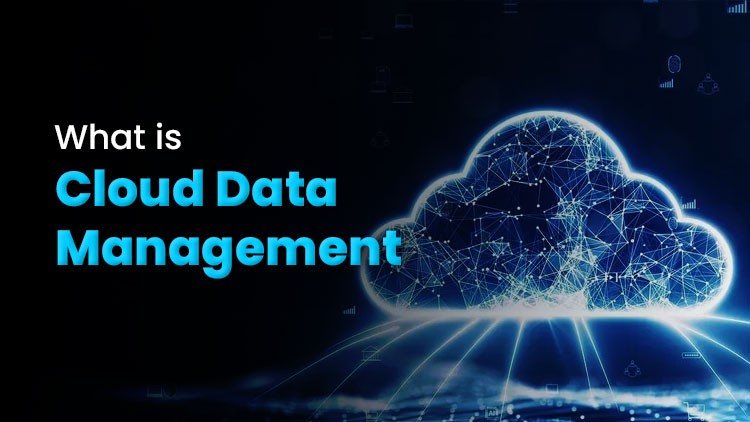Reducing Latency and Improving Speed
Processes data locally at the edge of the network, minimizing the need to send data to distant cloud servers.
Crucial for time-sensitive applications like autonomous vehicles, industrial automation, and real-time data analytics.
Offloading Data to the Cloud
Edge devices handle basic computations locally, reducing the load on cloud servers.
Cloud focuses on complex tasks (e.g., machine learning, long-term storage), while edge devices manage simpler computations.
Enhanced Reliability and Availability
It ensures that edge devices can operate even without cloud connectivity, as it processes data locally.
It ensures continued operation in remote or distributed environments, syncing with the cloud once connectivity is restored.
Optimizing Bandwidth Usage
It reduces network congestion by filtering and processing data at the edge before sending only essential information to the cloud.
It lowers bandwidth usage, thus improving overall performance.
Scalability and Flexibility
It distributes computing tasks across edge devices, making it easier and more efficient to scale.
It provides flexibility by deploying edge resources based upon geographical needs and workload distributions.
Security and Privacy
Compliance with privacy regulations : Local data processing reduces the risk of losing sensitive data during transmission to a minimum.
Strong security protocols should be in place at the edge for maintaining data security.
Improving the Real-Time Data Processing for Artificial Intelligence and Machine Learning:
Enables real-time processing of data and immediate deployment of AI/ML at the edge.
Cloud tackles tasks that require intense processing like model training, while edges handle tasks requiring immediate predictions.
Enabling 5G and IoT Integration
The low-latency capabilities of 5G complement the processing and rapid inter-communication of the edge computers.
Facilitates smart city applications, connected vehicles, industrial automation, among others.
Conclusion: Edge computing enhances the cloud architecture, minimizing latency and optimizing bandwidth; it enhances reliability and makes it possible to process real-time data. It enables scalable, flexible, and secure systems-a necessity for modern digital ecosystems.



No comments:
Post a Comment